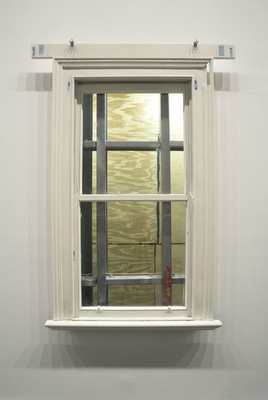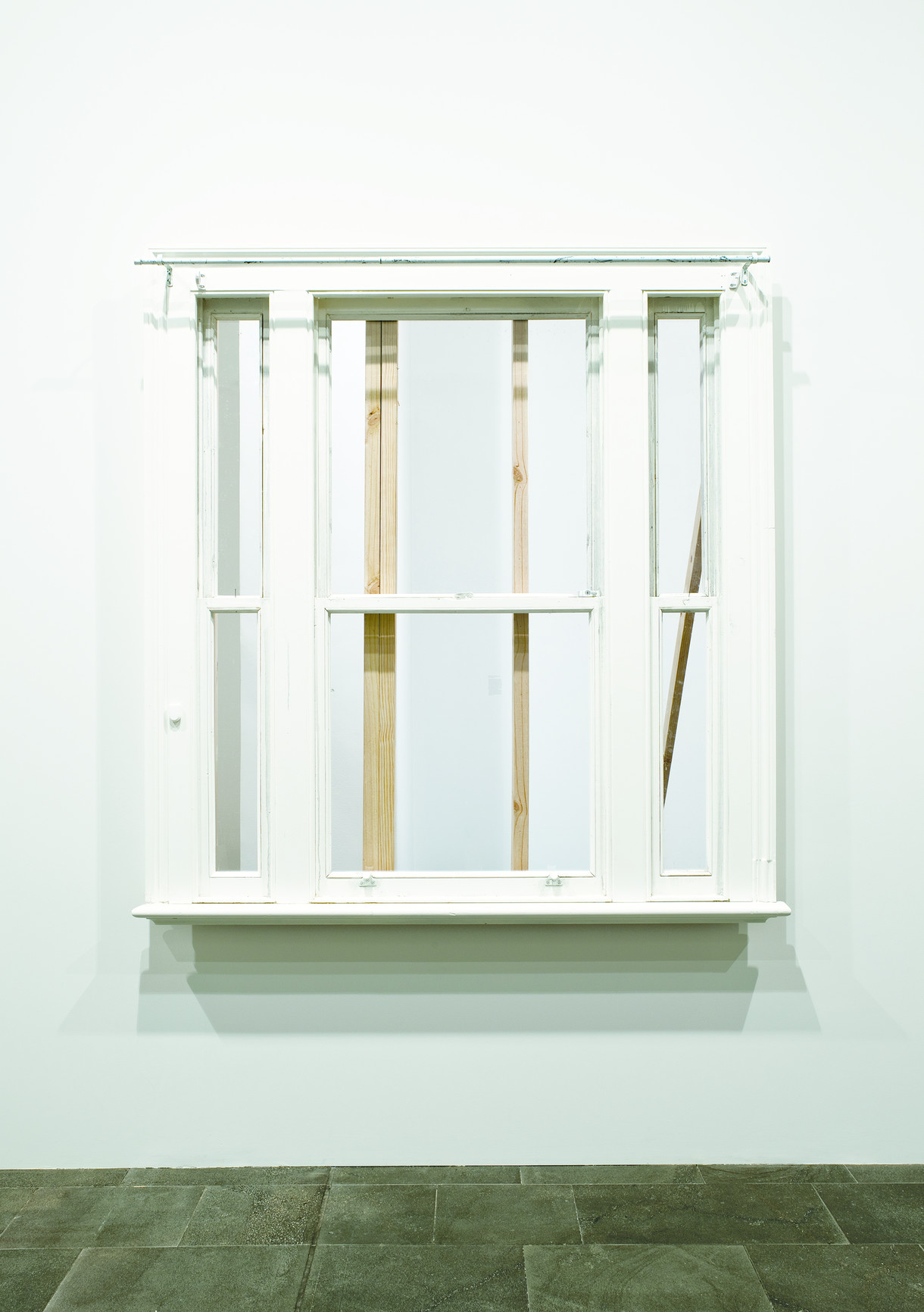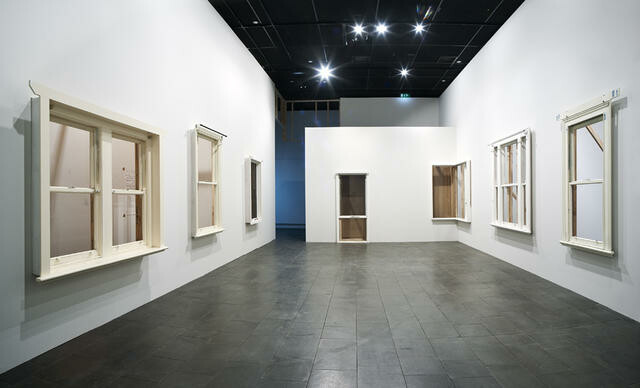B.
The Places We Belong To
Behind the scenes
Cycling into work along Ferry Road each morning I pass one of those new ads perkily announcing that 'The Christchurch We Love is Still Here'. And each morning I imagine getting off the bike and performing a firm correction. Something along the lines of, 'The Christchurch we love is still here, but some very big bits of it are being knocked down.'

Fiona Connor What you bring with you to work (detail) 2010. Mixed media. Collection of Christchurch Art Gallery Te Puna o Waiwhetū, purchased 2010. Work seen installed at ACCA Melbourne
Every day in Christchurch there are new holes in the urban fabric, gaps where buildings used to be. After the initial shock of realising that something is gone, what shocks even more is how fast and easily it is forgotten. The spaces where buildings once stood look preposterously small once they're cleared. And, as one cleared plot is joined by another, you soon lose track of what stood where. Not much further along Ferry Road, for instance, this long-hidden treasure has become a thing of the past.
Through all this, a fair bit of noise is being made about the fate of heritage buildings: the places of worship and public participation considered essential to the city's image. And that's as it should be. But I have to confess that the structures I miss most are smaller and less illustrious. I'm talking about the modest suburban shops (dairies, bike shops, book exchanges) that I associate with my childhood in the early 1980s, in the years just before the big malls arrived and turned that kind of owner-operator retailing into a desperate enterprise.
I realise I ought to be devoting my time and this web-space to more 'constructive' thoughts. But today you'll have to excuse me while I lapse into a little helpless nostalgia at the sight of so many new gaps. Martin Edmond catches this feeling of helplessness very well in his new book Dark Night when, visiting a site in Sydney where a cherished building once stood, he speaks of 'the way the places we belong to do not belong to us.'
Although the culprit in Christchurch is not property development but seismic upheaval, the effect is very much the same. Travelling down familiar streets, I keep finding myself momentarily disoriented by the disappearance of modest buildings that I had assumed would always just be there, and which have served for as long as I can remember as markers on my own internal map of Christchurch.
It's nobody's fault, and there's probably nothing to be done about it. But like Edmond I find myself scratching away obsessively at the memory of those sites, in the hope I don't forget.


